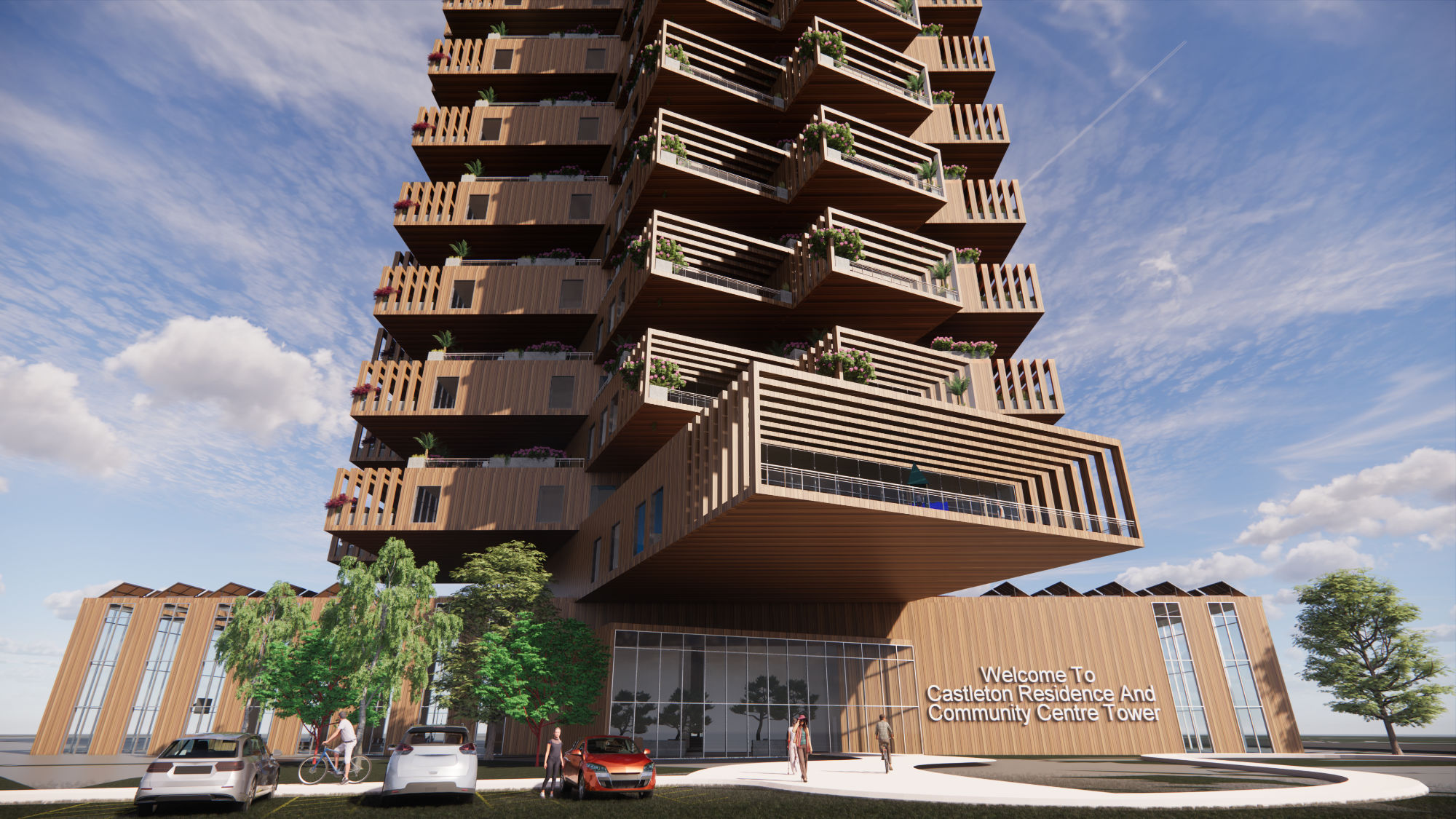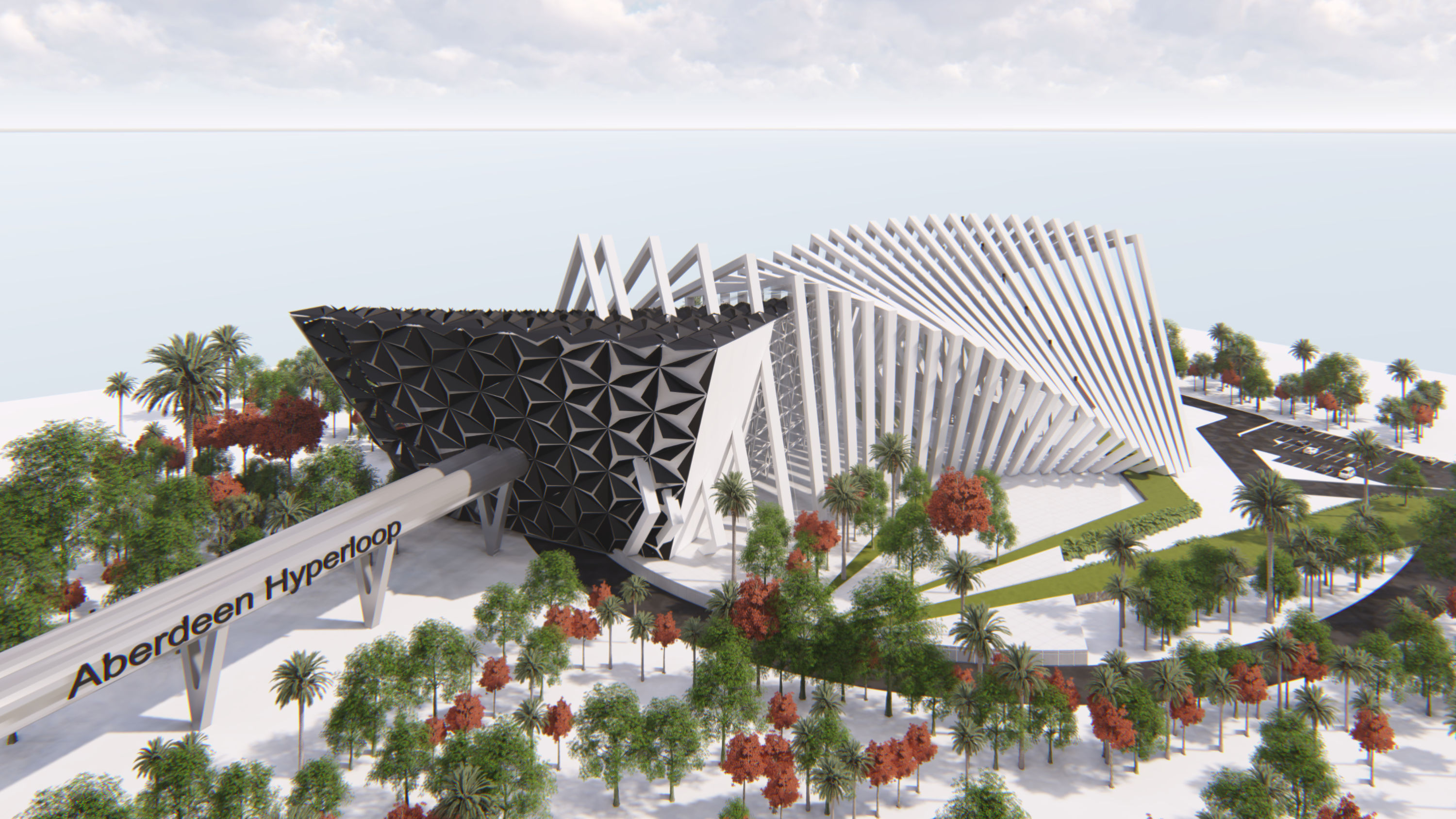Student projects released as non-fungible tokens
Contents |
[edit] Introduction
In 2021, Robert Gordon University (RGU) Scott Sutherland School of Architecture and Built Environment students presented their work as non-fungible tokens (NFTs).
The students, studying MSc Advanced Architectural Design (MSc AAD), developed a series of projects designed for the North East of Scotland, released on the OpenSea.io NFT marketplace.
The Scott Sutherland School has already built mechanisms to create NFTs for building components and use blockchain as an information layer for a circular economy for the Architecture Engineering and Construction Industry (or Archain).
[edit] How NFTs work
NFTs are unique digital objects that are housed on a blockchain, the technology behind cryptocurrencies. They are best described as a registration licence number for a particular one of a kind object.
NFTs provide a platform for artists and other creative professions to commercialise previously inaccessible markets. In this case, it gives architectural designers a method of creating and selling original designs. NFTs started trending in 2020/2021 following the sale of popular digital assets such as the first ever tweet by the founder of Twitter and the original image behind the 2005 Disaster Girl meme.
[edit] NFTs as a platform for student projects
The students, inspired by the theme “automata”, designed hyperloop and vertiport stations, high-rise towers and community centres in Aberdeen. These architectural designs address future challenges, with a particular focus on zero-carbon issues.
Theo Dounas, Learning Excellence Leader at the Scott Sutherland School of Architecture and Built Environment commented “Our work on the applications of blockchain technologies in architectural design expose the MSc AAD students to the cutting edge of digital tools that can be used for design and design management. To connect our research into building information modelling and blockchain with our day to day teaching activities in the MSc AAD, we set up a week-long, intensive workshop where the students were able to design and model their own designs on the blockchain.
“The students were excited about the workshop and working with blockchain technologies, as it allowed them to develop new business and operational models for architectural designers and their engagement with decentralised communities.”
[edit] Related articles on Designing Buildings
- Aberdeenshire: heritage on the edge?
- Advanced construction technology.
- Architectural technologist.
- Architectural Technology research at Robert Gordon University.
- Architecture course essentials.
- Blockchain could transform the construction industry.
- Blockchain definitions.
- Blockchain – feasibility and opportunity assessment.
- Blockchain in the built environment.
- Blockchains will change construction.
- Building information modelling BIM.
- Eliminating waste at scale – opportunities for blockchain.
- Masterminds of Construction.
- Non-fungible token NFT
- Persistent identifiers for digital objects.
- Student resources.
- Virtual reality construction experience for students.
- Year-out student.
BIM Directory
[edit] Building Information Modelling (BIM)
[edit] Information Requirements
Employer's Information Requirements (EIR)
Organisational Information Requirements (OIR)
Asset Information Requirements (AIR)
[edit] Information Models
Project Information Model (PIM)
[edit] Collaborative Practices
Industry Foundation Classes (IFC)







